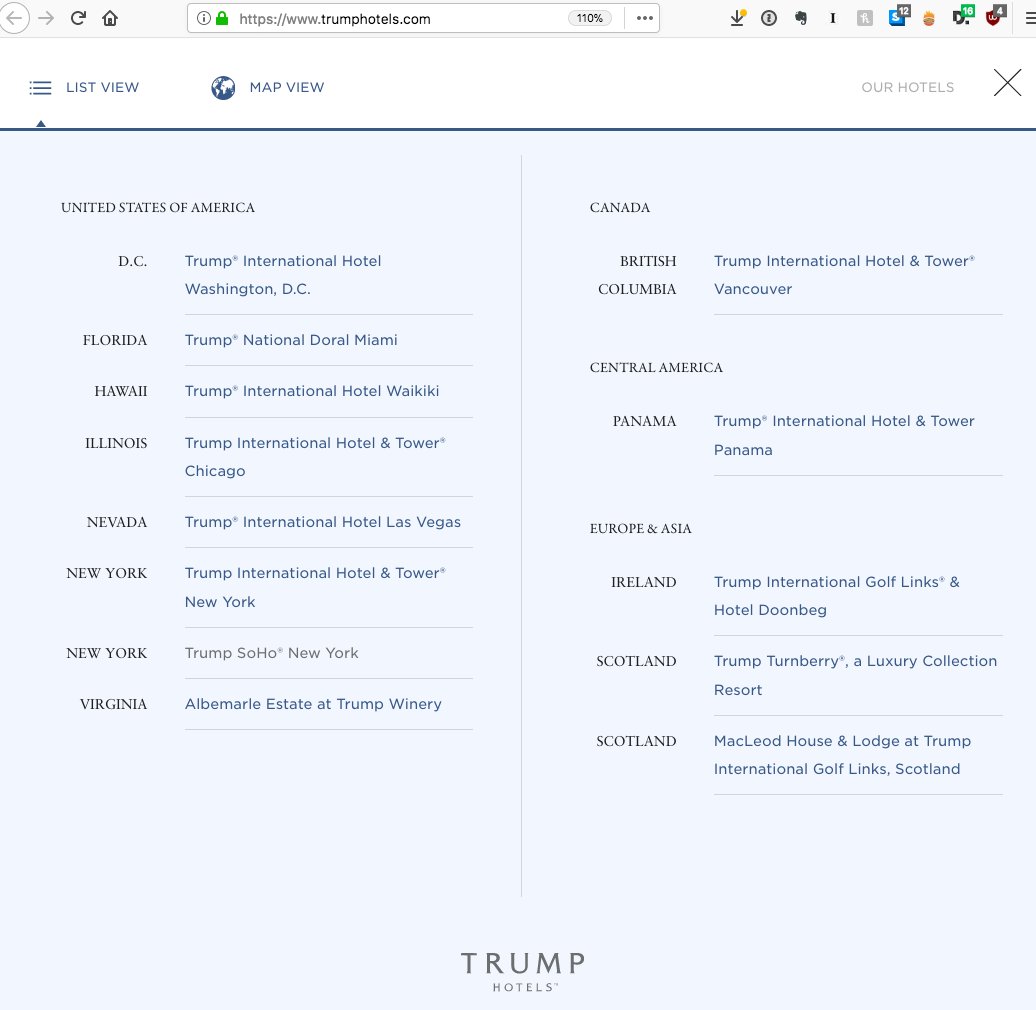@drawandstrike @ThomasWictor @HNIJohnMiller @jihadaeon1 @rising_serpent @_ImperatorRex_ @Debradelai @LarrySchweikart
hhs.gov/about/news/201…
“President Trump promised better Medicare negotiation and lower drug prices for the American people. Today, we are taking an important step in delivering on that promise.
What is the policy HHS announced today?
The Centers for Medicare & Medicaid Services is rescinding a policy regarding Medicare Part B drugs that discouraged Medicare Advantage plans from using tools...
Specifically, patients will now be able to choose Medicare Advantage plans that require enrollees to try certain more cost-effective drugs first (known as “step therapy”).
As President Trump has made clear, American drug prices are too high. Government programs for our seniors often pay higher prices than necessary for drugs, because they lack the tools they need to negotiate discounts.
hhs.gov/sites/default/…
More than 20 million Americans are enrolled in Medicare Advantage plans, representing 33 percent of Medicare enrollees.
Plans will be required to pass on to patients more than half of the savings generated from tougher negotiation.
Medicare Advantage plans can begin using these tools as part of their 2019 policies, meaning savings could be generated and passed on to patients as soon as next year.
High drug prices and the associated cost-sharing can be a significant barrier to patients’ access to drugs, which is why President Trump has made bringing down prices such a priority.
If a beneficiary chooses a plan that incorporates step therapy and needs a drug subject to it,
President Trump and Secretary Azar laid out tougher negotiation as one of the four key strategies for putting American patients first and lowering drug prices.
This policy change to Medicare Advantage will bring new negotiating power to Medicare faster than other policies may have,
Read more at CMS.gov: cms.gov/Newsroom/Media….











